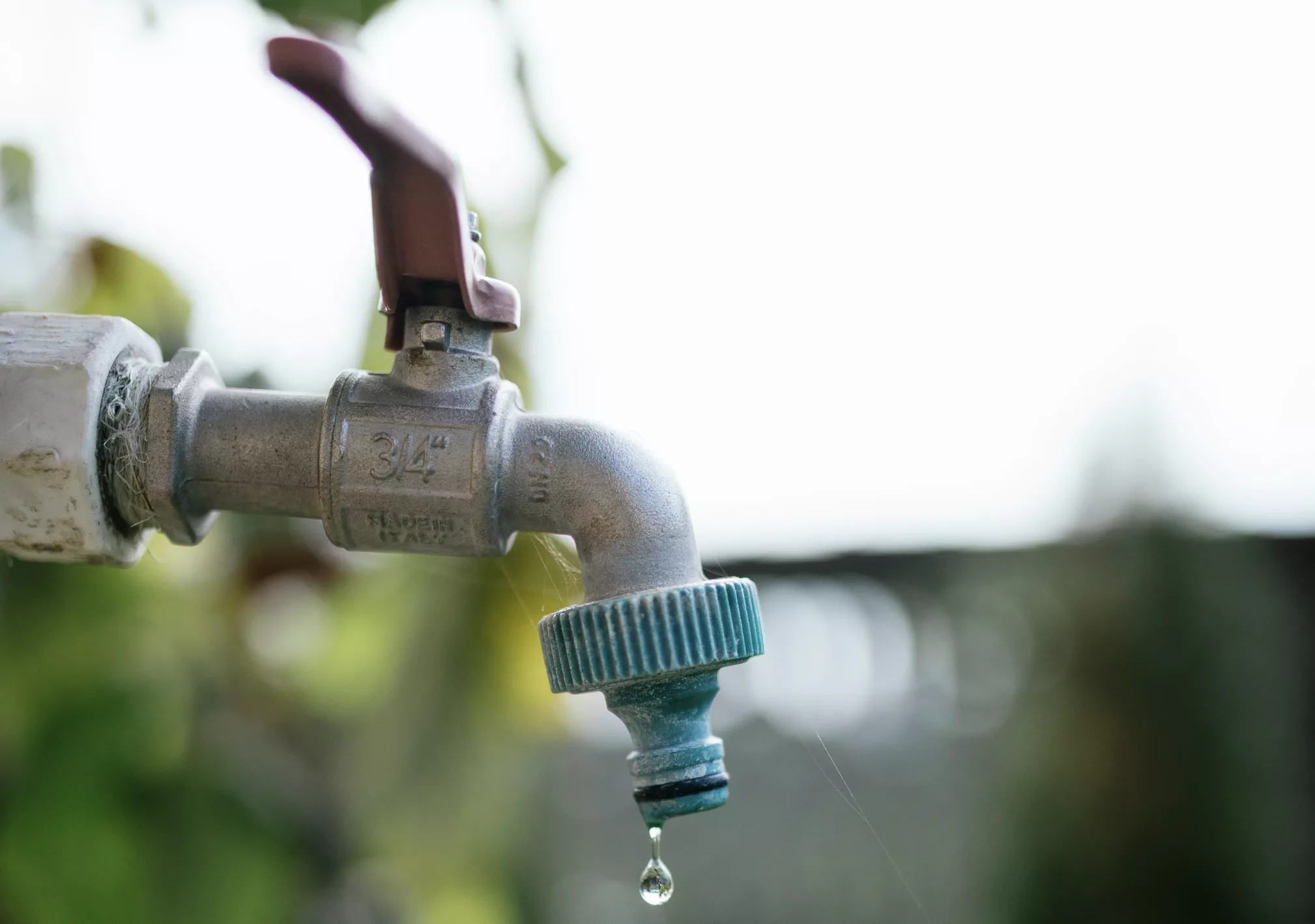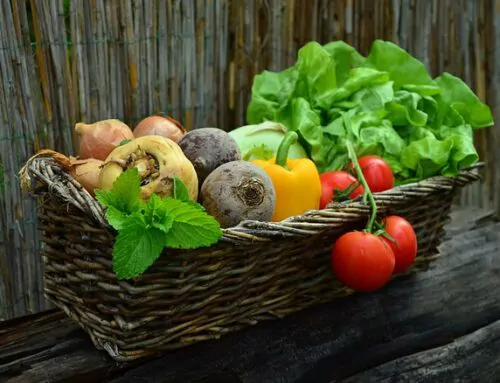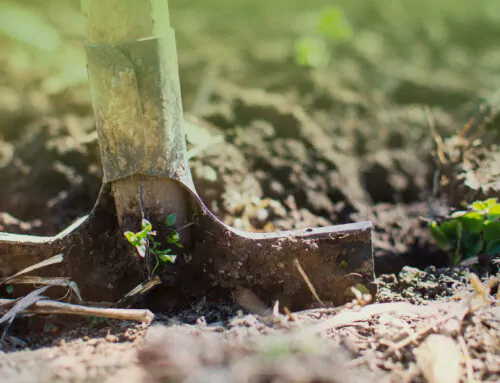Water is a vital resource for any farm or garden, especially for those practicing regenerative agriculture. Automatic irrigation systems for vegetable gardens and small farms that work according to the principles of permaculture and regenerative agriculture are therefore key elements for using water in a targeted and economical way.
The importance of efficient water use in regenerative agriculture
Water is a vital resource for any farm or garden, and efficient water use is essential to the success of regenerative agriculture. Automatic irrigation systems for vegetable gardens and inefficient water use can lead to soil erosion, nutrient loss and lower crop yields. In addition, water scarcity is becoming an increasingly pressing issue in many parts of the world, and efficient water use is necessary to ensure the sustainability of our food system.
What is regenerative agriculture?
Regenerative agriculture is an agricultural system that focuses on building healthy soils and promoting biodiversity to create a more sustainable and resilient food supply. One of the most important practices in regenerative agriculture is efficient water use. Automatic irrigation systems for vegetable gardens can therefore play an important role in achieving this goal.
It is a holistic approach to agriculture that uses, for example, regenerative practices such as cover cropping, crop rotation, reduced tillage, and the use of natural fertilizers and pesticides. This promotes soil health, sustainably increases biodiversity and minimizes the use of synthetic inputs in the longer term.
Automatic irrigation systems for vegetable gardens and vegetable farms
Automatic irrigation systems can play an important role in promoting efficient water use in vegetable gardens and farms. These systems can be designed to deliver water directly to the roots of plants, reducing water waste and minimizing runoff. In addition, automatic irrigation systems can be programmed to water at specific times, ensuring that plants get the water they need, exactly when they need it.
Drip irrigation systems
Drip irrigation systems are a type of automatic irrigation system for vegetable gardens that deliver water directly to the roots of the plants. These systems use hoses with small holes or nozzles that slowly and evenly drip the water onto the soil. Drip irrigation systems are very efficient because they deliver water directly to plants and minimize water waste. In addition, drip irrigation systems can be easily adapted to the needs of different plants and growing conditions.
Rainwater collection systems
Rainwater harvesting systems are another type of automatic irrigation system that can be used in vegetable gardens and farms. These systems collect rainwater from roofs or other surfaces and store it in tanks or cisterns for later use. Rainwater harvesting systems can be used to supplement irrigation water or to supply livestock. In addition, rainwater harvesting systems can help reduce runoff and erosion and promote soil health by reducing the need for synthetic fertilizers.
Harvesting water
Harvesting of various water supplies can be accomplished through infiltration, tank storage, direct reuse, or cyclic storage models. In addition to rainwater, stored water resources include graywater, condensation, snow, or fog. The availability can thus be improved over time and help to survive dry periods without major damage in agriculture or even in home gardens. In general, this increases the water balance on one’s property, potentially creates new habitats, and improves soil health by preventing erosion.
Hands-on: What do you need to consider when building a DIY garden irrigation system?
- What do you want to plant and how drought-resistant are these varieties? At the same time, you should also think about how these crops handle waterlogging.
- Can you separate areas from each other? A targeted use of water depending on the location and the crops grown makes you independent and allows an efficient use of automatic irrigation systems. You can also find an exciting input on this here: https://www.my-good-ideas.de/eine-automatische-garten-bewaesserung-bauen/
- Use smart crop planning for your vegetable garden and plan water-demanding varieties in those locations and beds where an abundant water supply can be guaranteed. More tips can be found here: https://www.micro-farm-planner.com/en/manual-2/
Conclusion
Automatic irrigation systems for vegetable gardens can play an important role in promoting efficient water use on farms with regenerative agriculture. These systems can help reduce water waste, minimize runoff, and promote soil health. Drip irrigation systems and rainwater harvesting systems are two examples of automated water systems that can be used in regenerative agriculture. When farmers and gardeners integrate these systems into their operations, they can help create a more sustainable and resilient food system.
References and further infos:
Eine automatische Garten-Bewässerung bauen (erschienen am 2. März 2023): https://www.my-good-ideas.de/eine-automatische-garten-bewaesserung-bauen/
Prinzipien des Wasser ernten (Thomas Oberländer): https://wasser-ernten.de/prinzipien/
Rainwater Harvesting for Drylands and Beyond – Volume 1. ISBN 978-0-9772464-5-8. https://www.harvestingrainwater.com/
Anbauplanung und Planung von Kulturen auf Schlägen, Parzellen und Beeten: https://www.micro-farm-planner.com/de/manual-2/
Image references:
“Water dripping from the faucet in the backyard.” by shixart1985 is licensed under CC BY 2.0.








